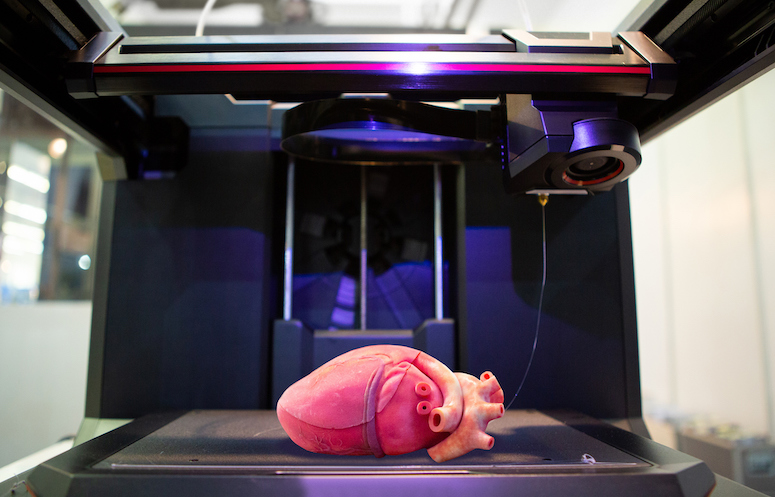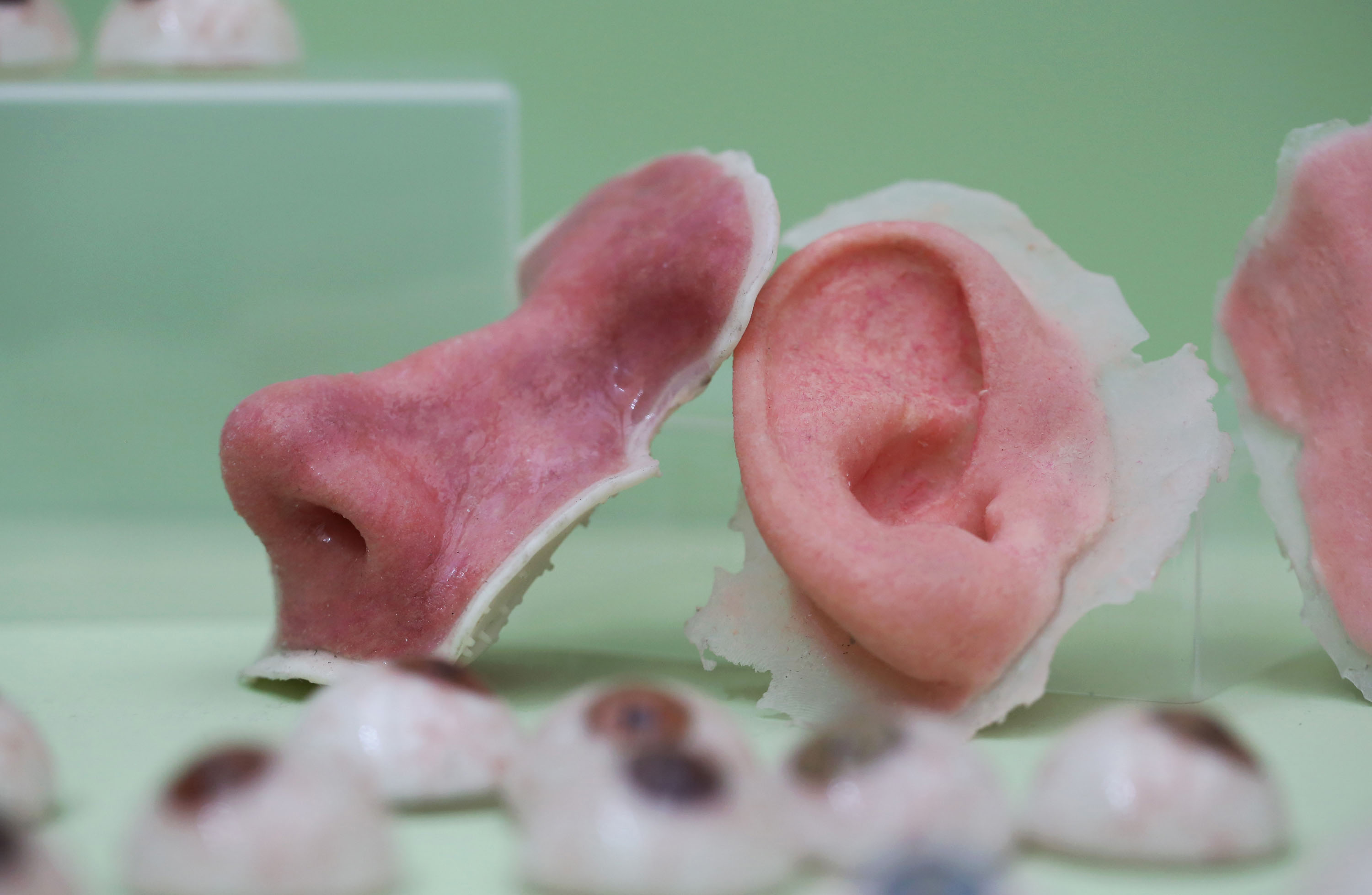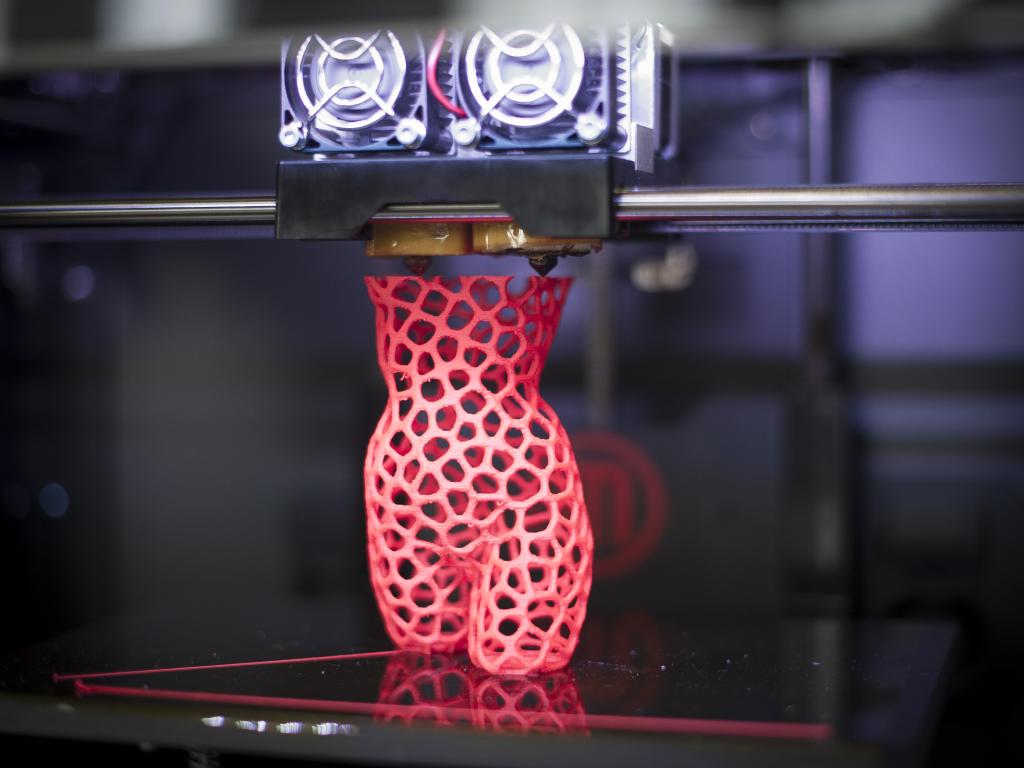The works of 3D printing organs
Soft Tissue Printing
The way they make soft tissue things like skin and ears is electrospinning. In order to do electrospinning they have to graph the part of they body that they are going to recreate. So for example if they are 3d printing skin they have to graph about the size of a postage of another part of the skin so they can recreate it. The spinning part is similar to spinning cotton candy just more specified than a circle of sugar. Once they spin the shape they want they begin to spray with bioreactor a bunch of times and then they start putting on other layers of cels from the dermis then the epidermis. Once the layering is complete they put it in an incubator so that it can mimic the human body until it makes an life of its own using the original spinning for a guide. This technique is good for skin and blood vessels but not for hearts which need to be 3D.
Printing 3D organs
One way to make 3D organs is take off all the cells so it’s like an skeleton of the organ. In order to do this they put it in a shaker which is like a washing machine and put some detergent on it and shake it for two weeks. After two weeks they take it out and all the cells are gone and you pretty much have the skeleton of an organ. They then use the liver cells to bring it back and it will be working again with some liver function as well in it. The problem with this method is that you have to still wait for a donor organ but the organ is made just for you so there is less chance of rejection of the organ.
Soon to be in hospitals...
It dosn’t matter which technique you use there is less chance for failure. Since the organ is made for you and not straight out of someone else's body there is no chance for rejection. Since there is no chance for rejection you do not need to take antibodies so your body dosn’t attack the organ it accepts it like it’s the same one. and should be in clinics in a couple of years. The bigger 3D organs will take longer to get into trials because they are still in the works. 3D printing organs is the future of medicine and will be hopefully in the hospitals soon.


